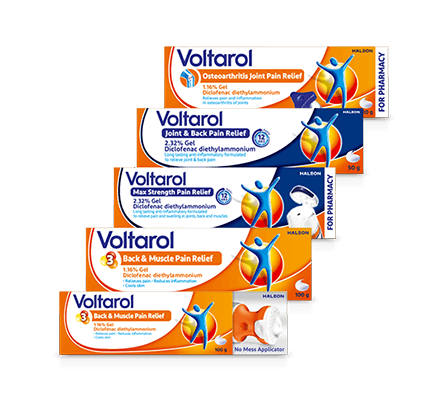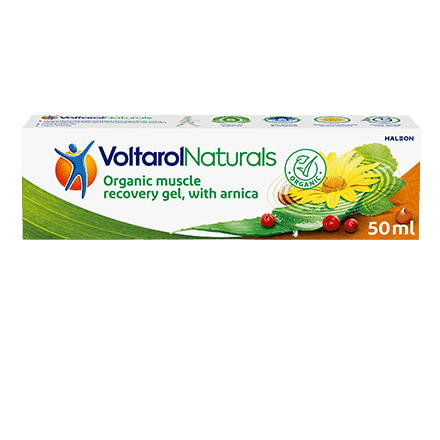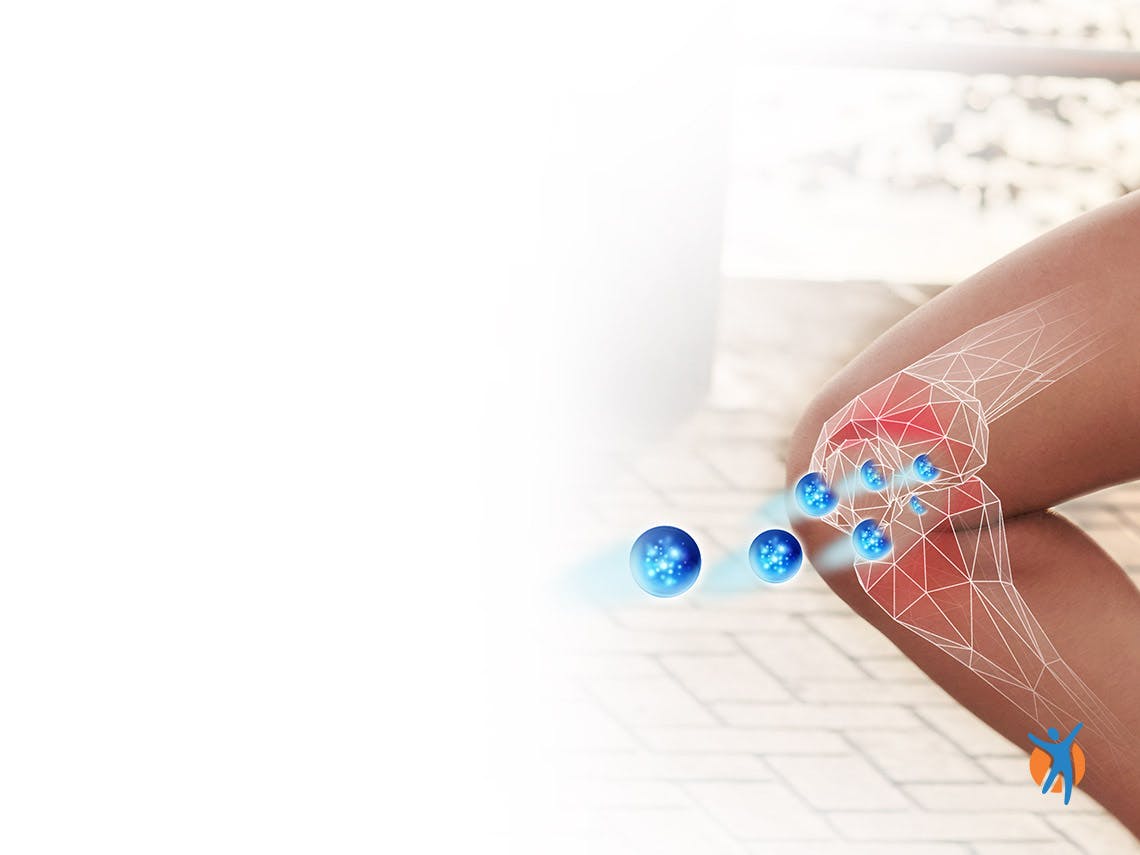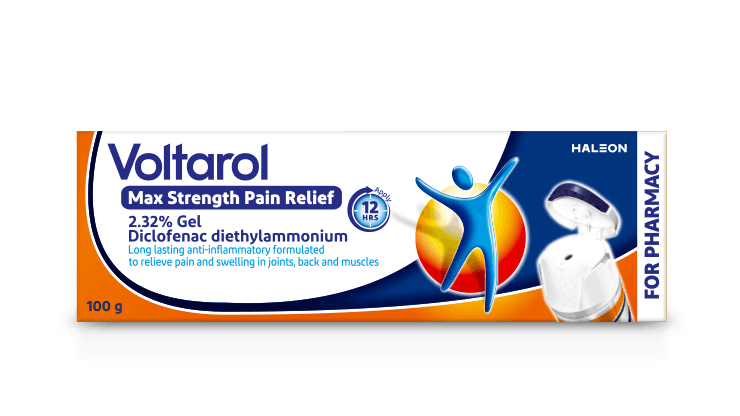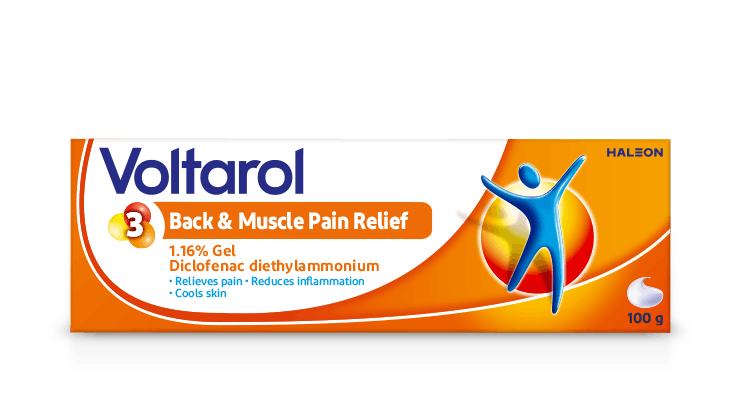
SHARE THIS ARTICLE:
Have aching joints got you making noises you never used to make when you stand up or bend down? As we get older, joint pain becomes increasingly common. This is because the older we get, the more our joints have been used. Wear and tear on our joints can result in a number of diseases or injuries, which can leave our joints feeling achy and sore. Don’t fret. Not all joint pain is a sign... of underlying disease. In some cases, aching joints are a result of overuse, such as heavy physical activity, lack of use, or sprains.
Joint pain can range from mild to severe. Joint pain can affect any joint in the body, but the most commonly affected joints are the knees. Whether from inflammation or injury, we’ll walk you through everything there is to know about joint pain, joint pain symptoms, and joint pain causes so you can find relief, and get back to walking, hugging, standing, sitting, opening, closing, and living with far less grumbles and groans over aching joints getting in your way.
Symptoms of joint pain
While identifying aching joints can seem straightforward, there are a variety of symptoms associated with joint pain.
Symptoms of joint pain can range from mild to severe.
Symptoms of joint pain include:
- Joint redness
- Joint tenderness
- Warmth around the joint
- Swelling around the joint
- Locking of the joint
- Stiffness
- Weakness
- Loss of range of motion or the joint grating with motion (also called crepitus)
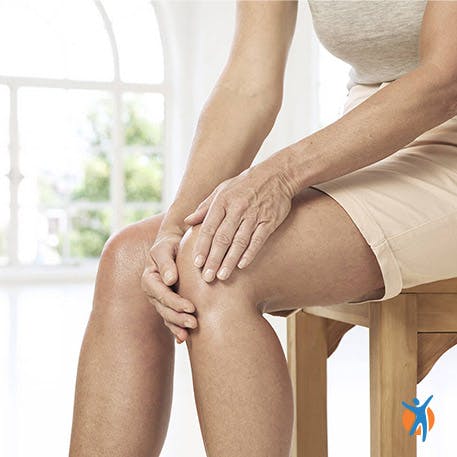
Some symptoms of joint pain are more worrisome than others and should be assessed by a doctor, while others can be safely treated at home.
Seek medical attention for these severe symptoms of joint pain:
- If joint pain and swelling comes on suddenly
- Your joint is completely locked and immobile
- Your joint pain is accompanied by fever, but not other signs of the flu
- Your joint appears deformed
- Your joint pain lasts for more than seven days – or, if you have been using pain relief medication, the label will tell you how many days you can self-treat for, before you should see a doctor if the pain hasn’t gone away.
Just about any joint in the body can be affected by joint pain. However, quite often joint pain strikes in the fingers, knees, ankles, wrists, hips and shoulders. Knee pain is the most common form of joint pain. This is largely because we put a lot of strain on our knees when we put our full bodyweight on them as we move from place to place throughout the day, every day.
Causes of joint pain
Joints form the connections between our bones and allow us to move. A number of conditions can cause joint pain. These include:
- Osteoarthritis
- Rheumatoid arthritis
- Connective tissue disease
- Bursitis
- Gout, a form of arthritis
- Strains or sprains
- Inflammation of the joint lining after injury
- Bleeding into the joint space
- Viral infection, such as hepatitis or rubella
Osteoarthritis
Osteoarthritis is the most common form of arthritis and a chronic condition that many adults experience, especially after 45 years of age. It is the result of ... reduced cartilage, which acts as a lubricant between the bones in your joints ensuring smooth, functional movements. When cartilage gets worn down, the bones in the joint rub against one another, causing pain, stiffness, and a diminished range of motion. So, if you have joint pain in one or more joints that is getting steadily worse over time, speak with your doctor about the possibility that you may have osteoarthritis.
Rheumatoid arthritis
Rheumatoid arthritis is a different kind of arthritis, that, unlike osteoarthritis, is an auto-immune disease that damages your joints, cartilage, and nearby bone over time. Rheumatoid arthritis, also known as RA, can progressively worsen over time or come in bouts or flareups. The condition results in joint pain, swelling, stiffness, and inflammation in other parts of the body. This can also result in a feeling of tiredness and lack of wellness. Rheumatoid arthritis needs to be assessed by your doctor. Together you can put together a treatment plan.
Connective tissue disease
Widespread joint pain can sometimes be an indication that there is another underlying condition that is affecting your joints and other organs in your body. Examples include lupus – an autoimmune disease in which the immune system attacks healthy cells in your body – or scleroderma – a condition in which the immune system attacks connective tissue below the skin. These conditions aren’t usually treated with over-the-counter medicine. It’s best to see your doctor for an assessment and treatment plan.
Bursitis
Bursitis is a condition that affects the small, synovial fluid-filled sacs – called bursae – that cushion the bones and tendons near your joints. Bursitis most often occurs in joints that are used in frequent, repetitive motions. The most common locations of burstitis are the shoulder, elbow, and hip. However, it can also occur in the knee, heel, or at the base of your big toe.
Gout
Gout is a type of arthritis that comes on suddenly, even in the middle of the night. It is characterised by sudden, severe bouts of swelling, redness, and tenderness in the joints. Gout usually affects the joint in the big toe initially, but can also affect the fingers, wrists, elbows, or knees. Gout pain can feel quite intense. Bouts of gout can occur every few months or years, coming back more frequently if not treated. Although gout is a form of arthritis, it is treated differently than osteoarthritis. Your doctor can assess and recommend treatment for this condition.
Strains or sprains
Joint pain is often a result of injury. An accident like a fall can cause torn ligaments or ruptured tendons, which usually cause sudden and severe pain perhaps with a popping or snapping sound; and require immediate medical attention. Overuse can cause tendonitis (e.g. tennis elbow) which can present as pain in a joint tendon, that gets worse when you move: or difficulty moving, accompanied by swelling or heat. Mild tendonitis can be treated with the help of your pharmacist, with anti-inflammatories such as Voltarol Gels, or with the RICE methodology. Sometimes banging or twisting a joint the wrong way can result in damage to the cartilage in the joint, or even bleeding into the joint space. Such injuries are characterised by swelling, redness, bruising, and stiffness following an injury. If you are experiencing any of these symptoms, you should seek immediate medical attention.
Inflammation of the joint lining
All of our joints are protected by a thin layer of tissue called synovium. When a joint is injured, the synovium can become inflamed, which causes soreness and swelling. This usually happens shortly after you’ve injured your joint. Inflammation of the joint lining does not cause redness or heat and can generally be managed at home with rest and anti-inflammatories.
Bleeding into the joint space
Bleeding into the joint space, also known as haemarthrosis, can be caused by a recent injury to the knee, such as a ligament tear or joint fracture.
Signs of haemarthrosis include:
- Swelling of the joint
- Warmth around the joint
- Stiffness around the joint soon after injury
Viral infection
Some viral infections can have a widespread effect on your body and cause joint pain or arthritis. Examples of viral infections that can cause fever-like symptoms and joint pain include hepatitis and rubella, among others.
Explore Voltarol products for pain relief

SHARE THIS ARTICLE:
Health, wellness & your pain
Pain is rarely just physical nor is it always solved by taking medicine alone. Voltarol is your ally in helping you take more control of your pain journey, from the way to sleep, to what you eat, mental wellbeing and complementary pain relief therapies.



